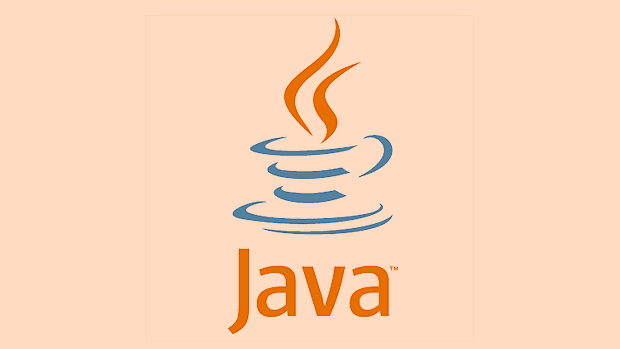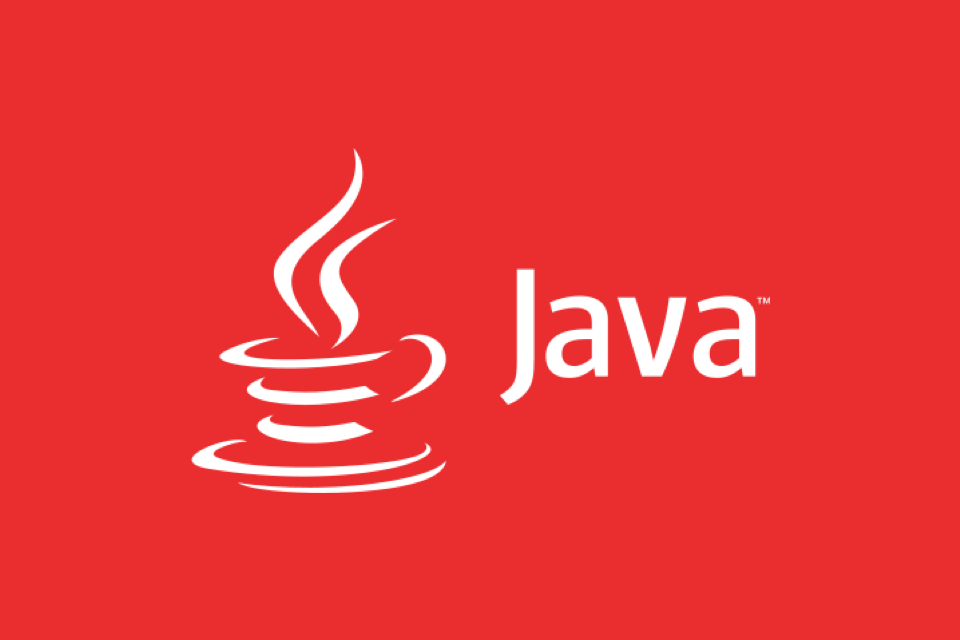 Java
Java
 javaTutorial
javaTutorial
 How to implement a caching strategy in Java (e.g., using EhCache or Caffeine)?
How to implement a caching strategy in Java (e.g., using EhCache or Caffeine)?
How to implement a caching strategy in Java (e.g., using EhCache or Caffeine)?
Jul 09, 2025 am 01:17 AMTo improve performance in Java applications, choose between EhCache and Caffeine based on your needs. 1. For lightweight, modern in-memory caching, use Caffeine—set it up by adding the dependency, configuring a cache bean with size and expiration, and injecting it into services. 2. For advanced or enterprise-level use cases requiring disk storage or clustering, use EhCache—add its dependency, define configurations in ehcache.xml, and initialize a cache manager for heap and off-heap memory usage. 3. Apply eviction strategies like time-based, size-based, or manual invalidation, and manage cache consistency according to read/write patterns to ensure performance and data accuracy.

Caching is a powerful way to improve performance in Java applications by reducing redundant computations or database calls. If you're working with frameworks like Spring or building standalone apps, implementing a solid caching strategy using libraries like EhCache or Caffeine can make a real difference.

Choose the Right Caching Library
The first decision you need to make is which library to use. Both EhCache and Caffeine are popular choices, but they serve slightly different needs.
- EhCache is feature-rich, supports disk-based storage, clustering, and integrates well with older Java EE applications.
- Caffeine is lightweight, modern, and has a more intuitive API, especially for in-memory caching in Spring Boot apps.
If you're starting fresh and don’t need distributed caching out of the box, go with Caffeine. If your system might scale across nodes or you need persistence, EhCache might be better suited.

Set Up Basic Caching with Caffeine
Let’s walk through a simple example using Caffeine in a Spring Boot app.
First, add the dependency:

<dependency>
<groupId>com.github.ben-manes.caffeine</groupId>
<artifactId>caffeine</artifactId>
</dependency>Then, configure the cache bean:
@Configuration
public class CacheConfig {
@Bean
public Cache<String, Object> caffeineCache() {
return Caffeine.newBuilder()
.maximumSize(100)
.expireAfterWrite(10, TimeUnit.MINUTES)
.build();
}
}Now you can inject this cache into your service and use it:
@Service
public class MyService {
private final Cache<String, Object> cache;
public MyService(Cache<String, Object> cache) {
this.cache = cache;
}
public Object getData(String key) {
return cache.getIfPresent(key);
}
public void putData(String key, Object value) {
cache.put(key, value);
}
}This gives you an in-memory cache that auto-evicts entries after 10 minutes or when the size exceeds 100 items.
Configure EhCache for More Advanced Use Cases
EhCache is a bit more involved but offers more flexibility, especially if you’re dealing with enterprise-level applications.
Start by adding the dependency:
<dependency>
<groupId>org.ehcache</groupId>
<artifactId>ehcache</artifactId>
</dependency>Create an ehcache.xml file in your resources folder:
<config xmlns:xsi="http://www.w3.org/2001/XMLSchema-instance"
xmlns="http://www.ehcache.org/v3"
xsi:schemaLocation="http://www.ehcache.org/v3 http://www.ehcache.org/schema/ehcache-core-3.0.xsd">
<cache alias="myDataCache">
<key-type>java.lang.String</key-type>
<value-type>java.lang.Object</value-type>
<resources>
<heap unit="entries">2000</heap>
<offheap unit="MB">10</offheap>
</resources>
</cache>
</config>Then create a cache manager and use it:
CacheManager cacheManager = CacheManagerBuilder.newCacheManagerBuilder().build();
cacheManager.init();
Cache<String, Object> myCache = cacheManager.getCache("myDataCache", String.class, Object.class);
// Usage
myCache.put("someKey", someValue);
Object value = myCache.get("someKey");This sets up a cache that uses both heap and off-heap memory, which helps reduce GC pressure and allows for larger datasets.
Consider Cache Eviction and Consistency
No matter which library you choose, you should think carefully about how and when data gets removed from the cache.
Here are some common eviction strategies:
- Time-based: Expire entries after a certain amount of time (e.g., 5–10 minutes).
- Size-based: Limit the number of entries kept in memory.
- Manual invalidation: Clear specific keys when underlying data changes.
Also, consider cache consistency:
- In write-heavy systems, update or invalidate cached values on writes.
- For high-read-low-write scenarios, stale reads may be acceptable if you use refresh-ahead or allow stale reads with refresh policies.
Make sure your strategy aligns with how your data behaves and what kind of performance guarantees you need.
That's basically it. It's not overly complex, but it does require thoughtful setup depending on your application's needs.
The above is the detailed content of How to implement a caching strategy in Java (e.g., using EhCache or Caffeine)?. For more information, please follow other related articles on the PHP Chinese website!

Hot AI Tools

Undress AI Tool
Undress images for free

Undresser.AI Undress
AI-powered app for creating realistic nude photos

AI Clothes Remover
Online AI tool for removing clothes from photos.

Clothoff.io
AI clothes remover

Video Face Swap
Swap faces in any video effortlessly with our completely free AI face swap tool!

Hot Article

Hot Tools

Notepad++7.3.1
Easy-to-use and free code editor

SublimeText3 Chinese version
Chinese version, very easy to use

Zend Studio 13.0.1
Powerful PHP integrated development environment

Dreamweaver CS6
Visual web development tools

SublimeText3 Mac version
God-level code editing software (SublimeText3)

Hot Topics
 How Java ClassLoaders Work Internally
Jul 06, 2025 am 02:53 AM
How Java ClassLoaders Work Internally
Jul 06, 2025 am 02:53 AM
Java's class loading mechanism is implemented through ClassLoader, and its core workflow is divided into three stages: loading, linking and initialization. During the loading phase, ClassLoader dynamically reads the bytecode of the class and creates Class objects; links include verifying the correctness of the class, allocating memory to static variables, and parsing symbol references; initialization performs static code blocks and static variable assignments. Class loading adopts the parent delegation model, and prioritizes the parent class loader to find classes, and try Bootstrap, Extension, and ApplicationClassLoader in turn to ensure that the core class library is safe and avoids duplicate loading. Developers can customize ClassLoader, such as URLClassL
 Asynchronous Programming Techniques in Modern Java
Jul 07, 2025 am 02:24 AM
Asynchronous Programming Techniques in Modern Java
Jul 07, 2025 am 02:24 AM
Java supports asynchronous programming including the use of CompletableFuture, responsive streams (such as ProjectReactor), and virtual threads in Java19. 1.CompletableFuture improves code readability and maintenance through chain calls, and supports task orchestration and exception handling; 2. ProjectReactor provides Mono and Flux types to implement responsive programming, with backpressure mechanism and rich operators; 3. Virtual threads reduce concurrency costs, are suitable for I/O-intensive tasks, and are lighter and easier to expand than traditional platform threads. Each method has applicable scenarios, and appropriate tools should be selected according to your needs and mixed models should be avoided to maintain simplicity
 Understanding Java NIO and Its Advantages
Jul 08, 2025 am 02:55 AM
Understanding Java NIO and Its Advantages
Jul 08, 2025 am 02:55 AM
JavaNIO is a new IOAPI introduced by Java 1.4. 1) is aimed at buffers and channels, 2) contains Buffer, Channel and Selector core components, 3) supports non-blocking mode, and 4) handles concurrent connections more efficiently than traditional IO. Its advantages are reflected in: 1) Non-blocking IO reduces thread overhead, 2) Buffer improves data transmission efficiency, 3) Selector realizes multiplexing, and 4) Memory mapping speeds up file reading and writing. Note when using: 1) The flip/clear operation of the Buffer is easy to be confused, 2) Incomplete data needs to be processed manually without blocking, 3) Selector registration must be canceled in time, 4) NIO is not suitable for all scenarios.
 Best Practices for Using Enums in Java
Jul 07, 2025 am 02:35 AM
Best Practices for Using Enums in Java
Jul 07, 2025 am 02:35 AM
In Java, enums are suitable for representing fixed constant sets. Best practices include: 1. Use enum to represent fixed state or options to improve type safety and readability; 2. Add properties and methods to enums to enhance flexibility, such as defining fields, constructors, helper methods, etc.; 3. Use EnumMap and EnumSet to improve performance and type safety because they are more efficient based on arrays; 4. Avoid abuse of enums, such as dynamic values, frequent changes or complex logic scenarios, which should be replaced by other methods. Correct use of enum can improve code quality and reduce errors, but you need to pay attention to its applicable boundaries.
 How to handle exceptions properly in Java?
Jul 06, 2025 am 02:43 AM
How to handle exceptions properly in Java?
Jul 06, 2025 am 02:43 AM
The key to handling exceptions in Java is to catch them, handle them clearly, and not cover up problems. First, we must catch specific exception types as needed, avoid general catches, and prioritize checkedexceptions. Runtime exceptions should be judged in advance; second, we must use the log framework to record exceptions, and retry, rollback or throw based on the type; third, we must use the finally block to release resources, and recommend try-with-resources; fourth, we must reasonably define custom exceptions, inherit RuntimeException or Exception, and carry context information for easy debugging.
 What is a Singleton design pattern in Java?
Jul 09, 2025 am 01:32 AM
What is a Singleton design pattern in Java?
Jul 09, 2025 am 01:32 AM
Singleton design pattern in Java ensures that a class has only one instance and provides a global access point through private constructors and static methods, which is suitable for controlling access to shared resources. Implementation methods include: 1. Lazy loading, that is, the instance is created only when the first request is requested, which is suitable for situations where resource consumption is high and not necessarily required; 2. Thread-safe processing, ensuring that only one instance is created in a multi-threaded environment through synchronization methods or double check locking, and reducing performance impact; 3. Hungry loading, which directly initializes the instance during class loading, is suitable for lightweight objects or scenarios that can be initialized in advance; 4. Enumeration implementation, using Java enumeration to naturally support serialization, thread safety and prevent reflective attacks, is a recommended concise and reliable method. Different implementation methods can be selected according to specific needs
 What is an anonymous inner class?
Jul 07, 2025 am 02:18 AM
What is an anonymous inner class?
Jul 07, 2025 am 02:18 AM
Anonymous internal classes are used in Java to create subclasses or implement interfaces on the fly, and are often used to override methods to achieve specific purposes, such as event handling in GUI applications. Its syntax form is a new interface or class that directly defines the class body, and requires that the accessed local variables must be final or equivalent immutable. Although they are convenient, they should not be overused. Especially when the logic is complex, they can be replaced by Java8's Lambda expressions.
 Java String vs StringBuilder vs StringBuffer
Jul 09, 2025 am 01:02 AM
Java String vs StringBuilder vs StringBuffer
Jul 09, 2025 am 01:02 AM
String is immutable, StringBuilder is mutable and non-thread-safe, StringBuffer is mutable and thread-safe. 1. Once the content of String is created cannot be modified, it is suitable for a small amount of splicing; 2. StringBuilder is suitable for frequent splicing of single threads, and has high performance; 3. StringBuffer is suitable for multi-threaded shared scenarios, but has a slightly lower performance; 4. Reasonably set the initial capacity and avoid using String splicing in loops can improve performance.





